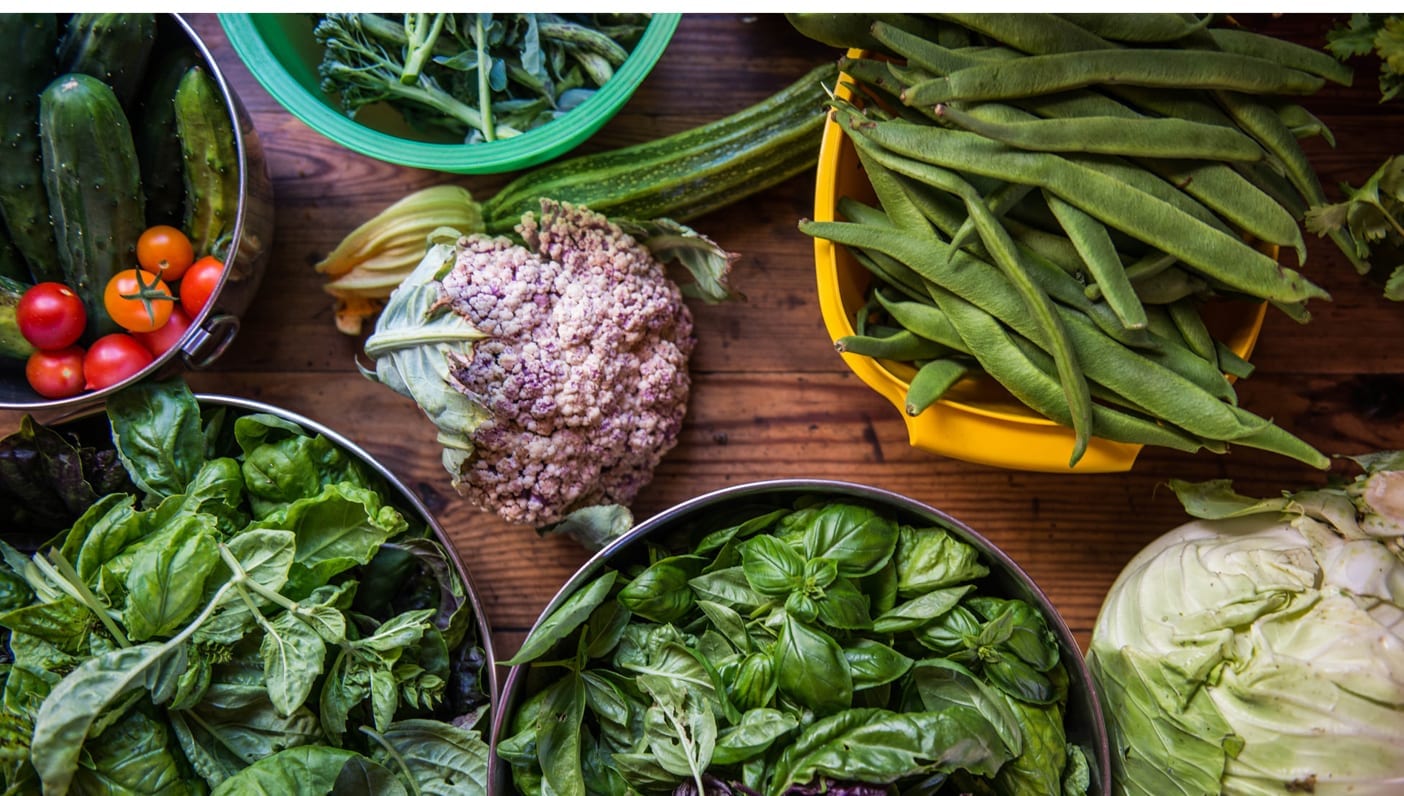
For the affluent American, grocery shopping has never been more glamorous. Many grocery stores, especially those in larger cities or well-to-do neighborhoods, offer a wide variety of organic produce, grass-fed meat, and GMO-free packaged goods. (Heck, you can even enjoy a glass of Cava in a specialty Whole Foods.) And yet, despite this blessing, there is still an overwhelming amount of towns who only have access to fast food restaurants and mini-marts. These areas are called food deserts.
It is no surprise that the residents of these food deserts suffer from higher rates of obesity and a variety of other nutrition-based deficiencies. The foods that line this mini-marts are often packaged foods that are high in fat and salt, with ingredients more likely to be found in science projects rather than real foods. The Huffington Post touches on the depressing density of these deserts. There are probably more than you think.
In fact, more than 6.5 million American children live in food deserts, which are defined by the U.S. Department of Agriculture as areas where one must travel more than a mile to a grocery store in urban areas, or more than 10 miles in rural ones. Making it possible for those children to get leafy greens, milk, juice and fresh fruit on their tables at home and experience food security will require still more education, innovation and effort on the part of many of the companies and organizations involved in the supply chain.
Luckily, there are several organizations and individuals making the effort to help put an end to food deserts. First Lady Michelle Obama made eradicating food deserts a huge part of her “Let’s Move” campaign, which as a whole was designed to create a happier, healthier generation of kids. This means making sure kids have plenty of access to tasty, nutritious foods, and that they get it as early as possible.
Part of the movement includes The Healthy Food Financing Initiative, in which the U.S. departments of Health and Human Services, Agriculture, and Treasury have teamed up in order to bring healthy food options to the markets and stores of these underprivileged areas. Farmer’s markets are another wonderful resource.
From the “Let’s Move” website:
Farmers’ markets are another innovative yet simple approach in solving healthy food access issues in many of our communities. Many markets now participate in the WIC, Supplemental Nutrition Assistance Program, Double Dollar, and senior benefits program so that fresh produce is not out of reach for those with limited or fixed incomes.
But politicians aren’t the only ones taking action. Volunteers are revolutionizing farmer’s markets by taking them on the road. One of these organizations is Civic Works, which is located outside the city of Baltimore in a town surrounded by food deserts. The nonprofit uses government grants and funds from private donors in order to grow an assortment of produce. With the help of the farm’s truck, Civic Works can bring the food to the people.
“Civic Works isn’t just bringing produce to people; they want it to be affordable. They accept food stamps and WIC, and they match the first $5 a customer spends on produce. “They get ten dollars worth of produce for five dollars,” Chissel said. Currently if a customer uses the dollar-matching program, $5 will get them a few pounds of sweet potatoes, three bunches of cooking greens, a pint of onions, a head of garlic and some apples from a local orchard.”
Education is another huge factor. Cooking can be intimidating, but by encouraging kids and their families to learn about their food, we can start building a healthier next generation.
Do you have experience with food deserts? What are some of your ideas to help provide access to healthy foods for families in low income areas?
—
 Amanda Kohr is a 24-year-old writer and photographer with a penchant for yoga, food, and travel. She prefers to bathe in the moonlight rather than the sun, and enjoys living in a state of the three C’s: cozy, creative, and curious. When she’s not writing, you can find her driving her VW Bug, looking for the next roadside attraction or family diner. She also roams the internet via her blog at cozycaravan.com.
Amanda Kohr is a 24-year-old writer and photographer with a penchant for yoga, food, and travel. She prefers to bathe in the moonlight rather than the sun, and enjoys living in a state of the three C’s: cozy, creative, and curious. When she’s not writing, you can find her driving her VW Bug, looking for the next roadside attraction or family diner. She also roams the internet via her blog at cozycaravan.com.